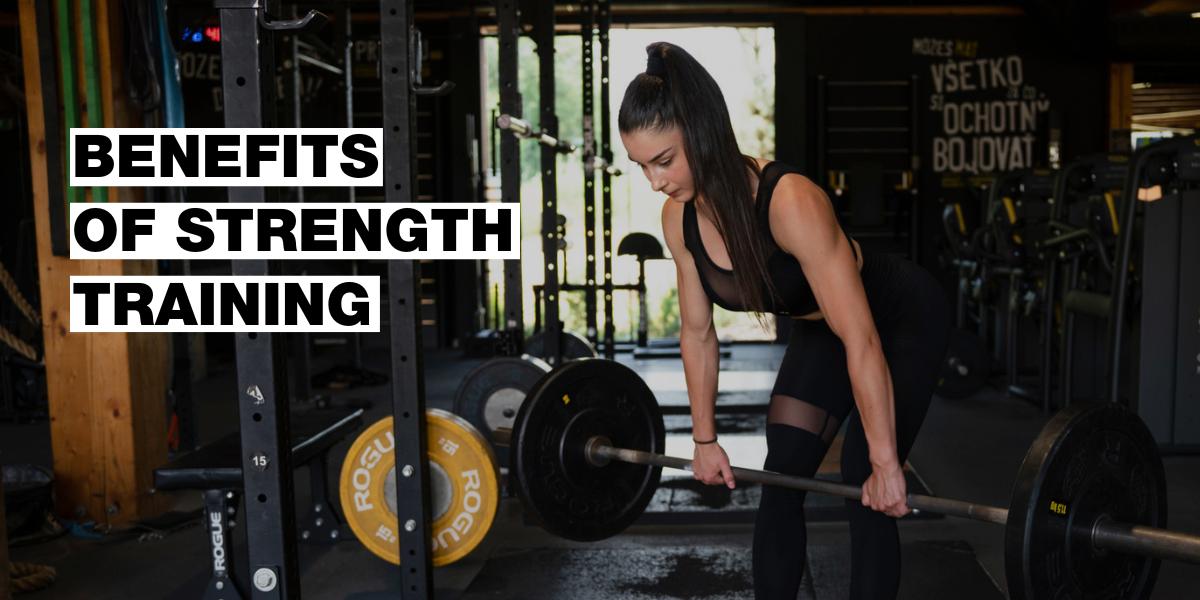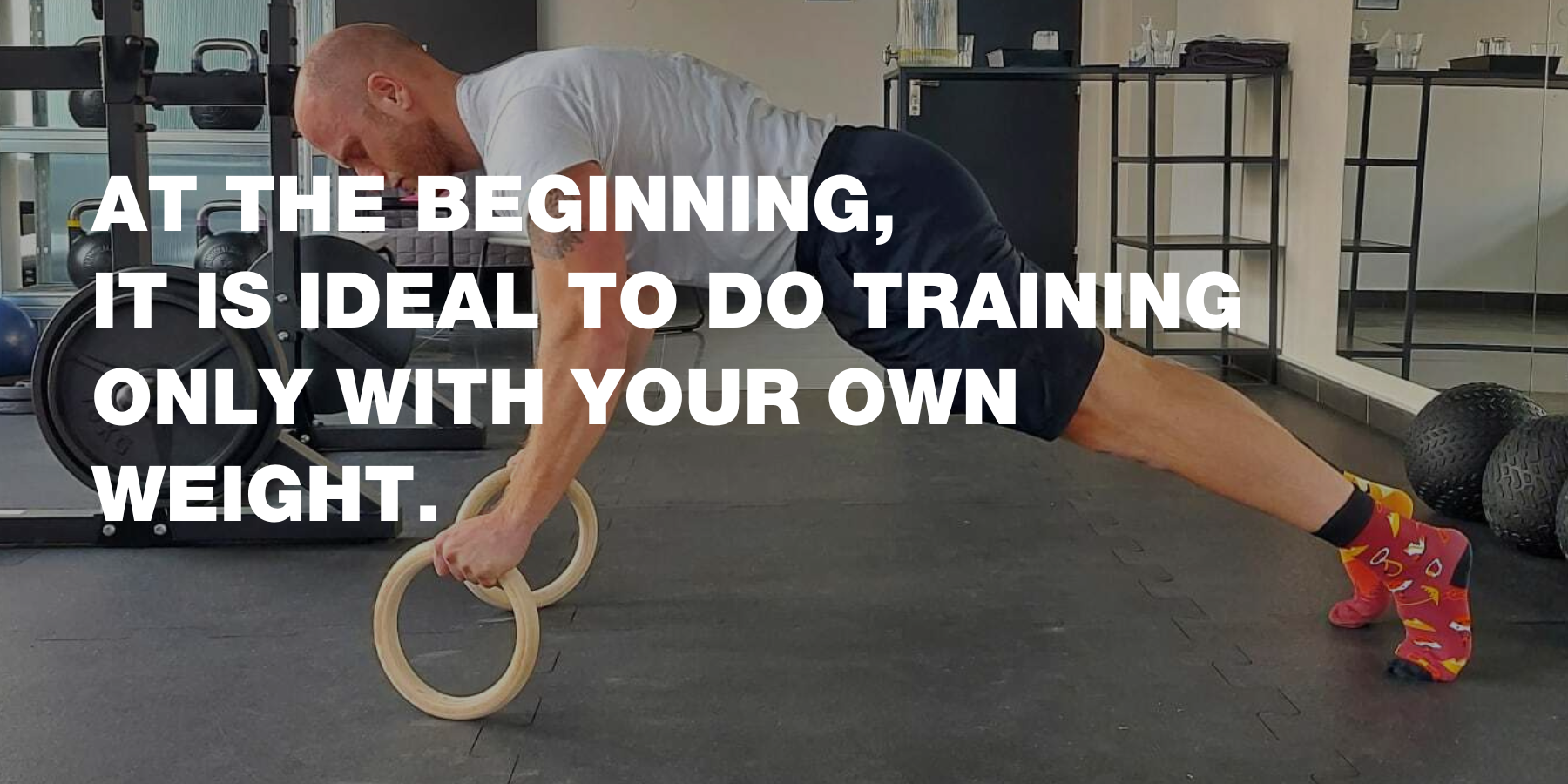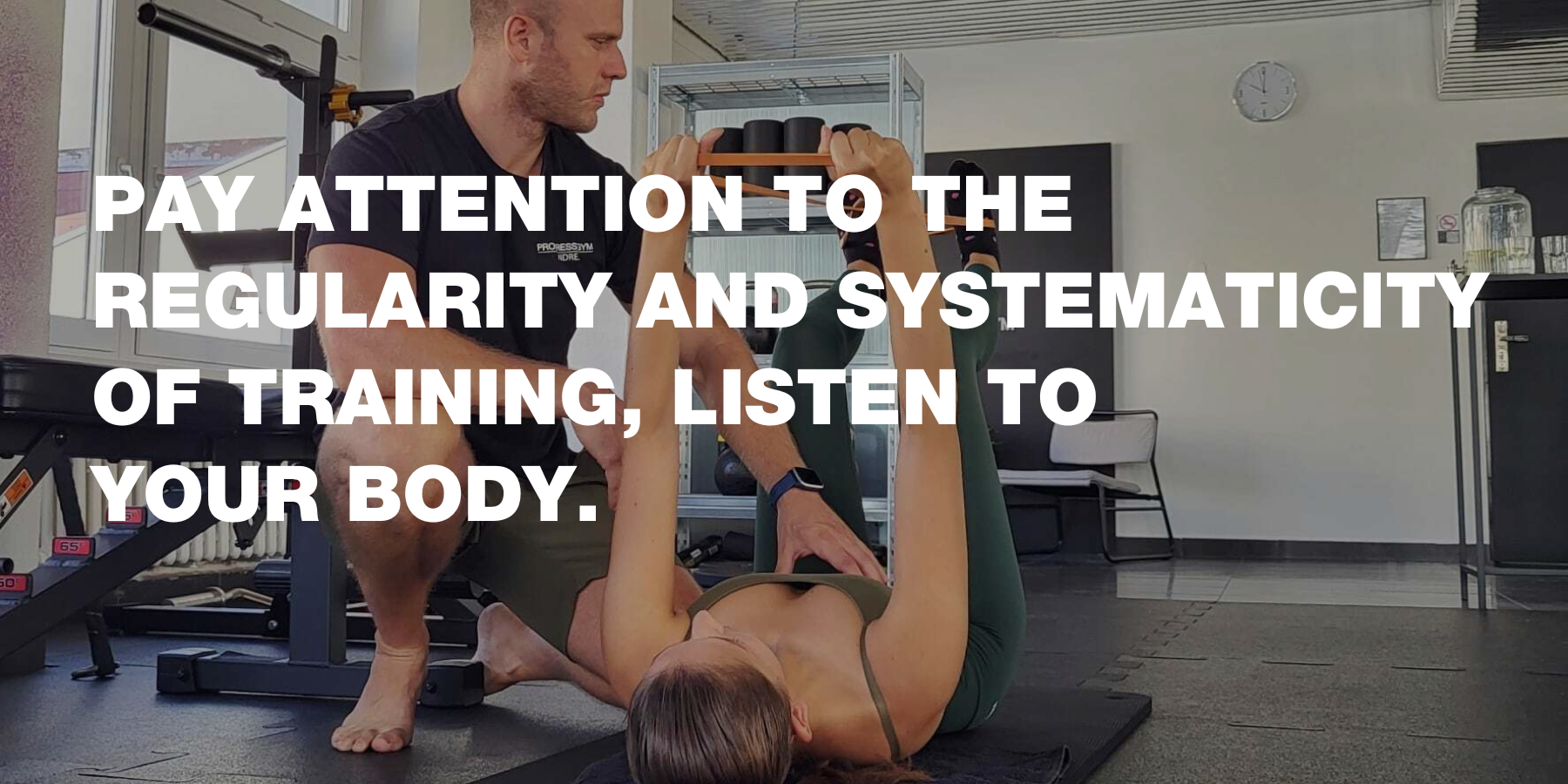
Benefits of strength training: Build muscles efficiently and speed up your metabolism
If you thought strength training was only for chubby gym-goers, you were wrong. Strength training is for everyone who wants to have a quality and healthy life. This type of exercise represents an important pillar for our organism, whether it is on the physical side (development of the body) or on the psychological side (development of the mind). It brings you several benefits: strengthens the skeleton and increases bone density, strengthens joints and tendons, improves motor and stabilization abilities. Perhaps the biggest benefit for many people is its effect on speeding up the overall metabolism, burning fat even long after the training itself and gaining muscle. Thanks to strength training, a person becomes not only stronger, but also healthier and more vital.
Are you just getting started with strength training? Learn to be careful about this.
Do not underestimate the adaptation of training to the condition of your body. At least at the beginning, we recommend you to find a good trainer who will test you and find your weaknesses, such as stiff or inactive muscles. You don't have to know about many of these problems yourself, and thanks to his professional help, all your muscles will be activated and strengthened. If this process doesn't happen and you go into it on your own - you just start copying exercises and training from influencers or from YouTube videos without further knowledge and explanation - you can hurt yourself badly.
Strength training = heavy weights and huge volumes? Not really.
Most people associate strength training with exactly these terms, but it is not entirely true. During strength training, the body works with certain types of loads that develop its strength capabilities. You can achieve this with your own weight or with the help of external factors - adding weight, connecting an expander, so that mechanical tension and metabolic stress occur in the muscle, which gives the central nervous system the necessary impulse to increase strength and muscle hypertrophy.

Set up the most ideal strength training just for you
After a certain correction of the musculoskeletal system, it is the right time to start working comprehensively on your strength. When exercising, it is necessary to perform the greatest possible range of motion under mechanical stress, as your body allows. At the beginning, it is ideal to do training only with your own weight.
A bit of theory to begin with. In order to understand the individual exercises and their importance in strength training, it is important to know that exercises focused on two types of muscle contractions are used for its composition:
1. ISOMETRIC CONTRACTIONS
During these contractions, the muscle is under tension (e.g. plank, wall sit, etc.) and it is better to include them in training if you are just starting out with exercise, or as an activation at the beginning of each training session.
2. ISOTONIC CONTRACTIONS
During isotonic contractions, a muscle is contracted (concentric movement) or stretched (eccentric movement) and we use them in the main part of strength training (e.g. squats, push-ups, pull-ups, etc.).
So how do you plan your ideal strength training? Of course, as with diet, training is different for everyone. We will tell you what our strength and conditioning coach Andrej Meško applies in training.
- Three times a week, practice full body training, in which you do 7-8 sets for each major part (chest, shoulders, back, butt, legs) and 5-6 sets for small ones (eg biceps, triceps, etc.).
- Keep the repetitions ideally at the level of 6-8-10 repetitions in a series, depending on the RPE* and your ambitions.
- Choose the weight so that you have two, max. three repetitions in reserve, which will increase your strength and volume. But how do you know if you have 2-3 repetitions in reserve? It is ideal to have a sparring partner who encourages you to perform better. In the company of your gym buddy, you have more mental strength and can do more than you could do on your own under normal circumstances.
- Pay attention to the regularity and systematicity of training, listen to your body, push your limits gradually and gently, and the desired results will soon appear.
- Complement your strength training with your favorite activities (running, cycling, hiking, tennis, skiing, etc.), because with a varied composition of an active lifestyle, you will prevent your stagnation and eventual burnout from doing just one sport. At the same time, you will become an athlete with excellent anaerobic and aerobic abilities. And it's worth it :)
*RPE (rate of perceived exertion) is the effort load depending on the feeling. It is a scale from 1 to 10, where 10 is the most effort and 1 is the least effort. This means that RPE 10 is 100% of the current perceived exertion - that is, you have 0 to 1 repetition in reserve, with RPE 9 you have 2 repetitions in reserve, with RPE 8 you have 3 repetitions in reserve and so on, up to approximately RPE 6 to 5 , where you have approx. 5 repetitions in reserve, but then you are already at the limit of the warm-up series). For strength growth and progressive load in training, it is advisable to work with RPE 7 and higher.
Don't be afraid to use the machines in the gym!
Strength machines are good for learning techniques, or at the beginning of exercise, for developing a certain initial strength. Isolated exercise on a machine until the muscle is exhausted is also a great way to finish off a good strength training session.

Don't underestimate regeneration and it will work.
We know you want to see results as soon as possible - ideally right away, right? :) But your desire may be greater than your body's capabilities. If you constantly expose it to stress and don't give it enough regeneration, it can take its toll.
Both training and rest time are two basic wheels in the whole process.
During strength training, the sympathetic system works, whose task is to make the body work and perform the activity. Adrenaline, noradrenaline and dopamine are released into the body, the heart rate increases and the body is in catabolism.
After training, our vegetative nervous system is able to calm down, for which we owe the parasympathetic system, which is the antagonist of the sympathetic system. That's when the regeneration process begins - the chemical compound acetylcholine is released, the heart rate decreases, the body calms down and our metabolism goes into anabolism. The effect of the parasympathetic system, which is otherwise most active when we sleep, can be increased immediately after the performance, e.g. by relaxing on rollers, breathing exercises or other types of meditation, but also by "ordinary" walking.
The right diet for effective regeneration.
You can support the regeneration process with a diet with a higher protein content, which is the basic building block of muscles (approx. 2+ grams per 1kg of your weight are recommended), but also with nutritional supplements (it is ideal to reach for protein and creatine, vitamins, minerals, and other supplements) .
The most important role is played by our digestive tract. It is ideal to supplement with suitable probiotics, thanks to which our digestive tract will be full of "good bacteria", which will help to process all the nutrients from the consumed food for our benefit. If you think that you can eat anything after training (from pizza to cookies), you are wrong. In the short term, it is a reward for our psyche and body, and a new impulse to restart our metabolism. In the long term, a diet full of sugars, fats and a large amount of industrially processed foods leads to inflammatory processes in the digestive tract, lower absorption of suitable nutrients, slows down the metabolism and also causes various allergic manifestations.
Strength training really is for everyone.
The benefits of strength training, which serves more as a prevention against injuries, can mainly be used by older people, when strength, the proportion of muscle mass, and bone density naturally decrease, making a person more vulnerable overall.
Remember. You have to work on your strength all your life, for several reasons. Discomfort, challenges, obstacles and gradually increasing the load make you a better version of yourself - on the physical side, because your body changes, it is stronger, stronger and healthier, but also on the mental side, because you become a person more resistant to various life challenges snares, more persistent and more optimistic.
The article was created in collaboration with Andrej Meško, a strength and conditioning coach



